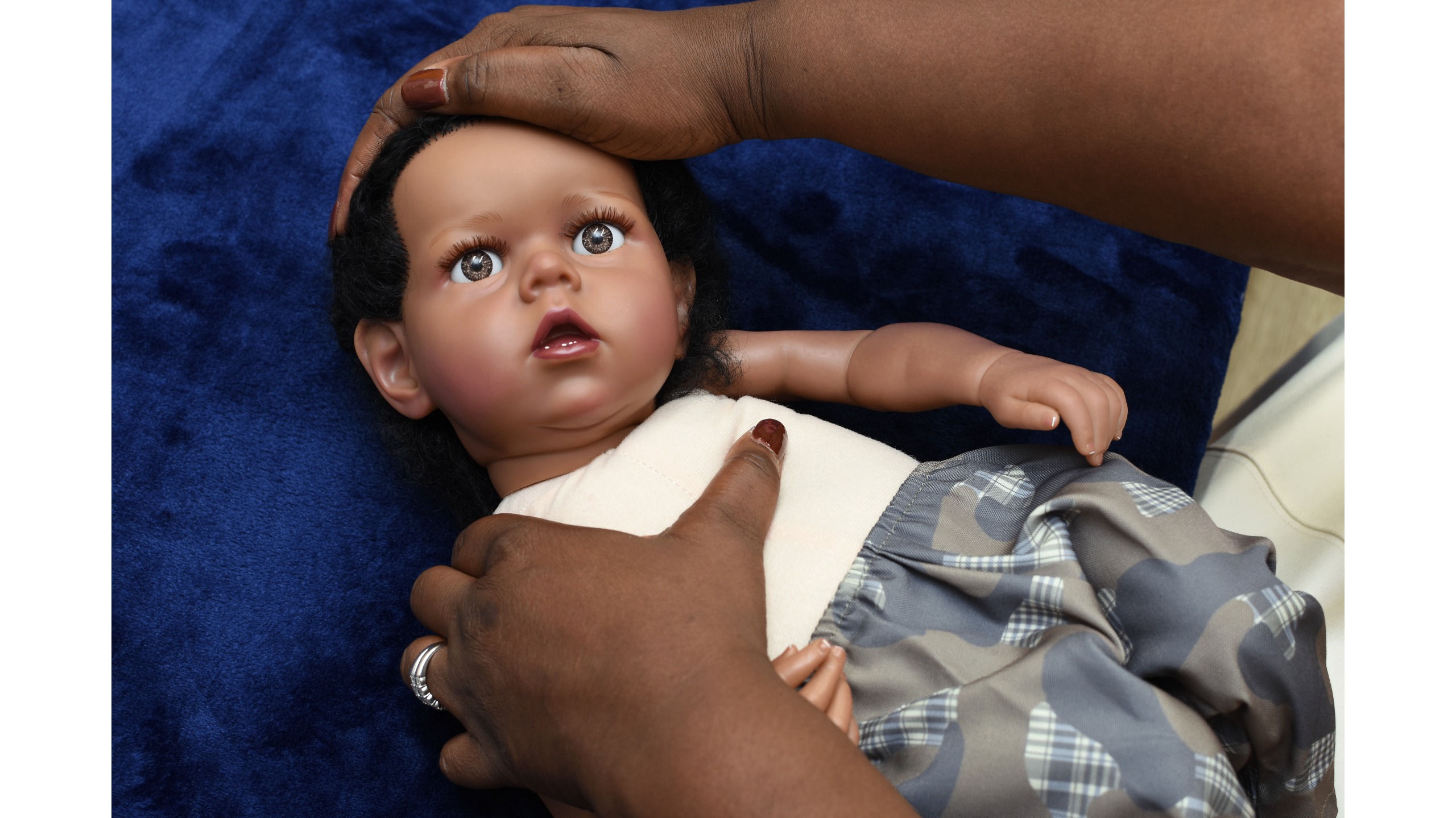If you’re nervous about what torticollis might mean for your child’s development, educate yourself by reading Community Health and Education Services’ latest ebook.

Has your child just been diagnosed with Congenital Muscular Torticollis (CMT)? Are you looking for some guidance on how it manifests and what you should be doing to support your child's development?
For everything you want and need to know about treating and managing CMT, read get your copy of Community Health and Education Services' new guidebook. More details at http://infanttorticollis.info
Learn how to identify the symptoms and care for your infant with CMT – also known as Infant Head Tilt. The book contains 16 chapters covering everything from basic definitions to innovative strategies to help children who have the condition.
The ebook was authored by experienced healthcare professional Dr. Phillips-Williams, who seeks to equip you to make informed decisions about your child's well-being. If left untreated, Torticollis can lead to developmental issues such as flat head syndrome (plagiocephaly) and failure to reach milestones in terms of motor skills.
Babies with CMT are born with a tightness in the sternocleidomastoid muscle which is located in the neck. This muscular contracture causes the head to tilt to one side with the face and chin rotating to the opposite side with flexion. The condition is most commonly diagnosed during the neonatal period or in infancy.
The ebook covers a host of topics including a detailed look at some common medical interventions and options for surgery while exploring the connection between CMT and Sandifer Syndrome – a type of movement disorder that causes arching of the neck, back, and head. It is often associated with gastroesophageal reflux in children. Is your child showing signs of this too?
The author guides readers through the various specific forms of torticollis including ocular and benign paroxysmal presentations of the condition. This chapter helps you recognize and respond effectively to the challenges of CMT's manifestations.
The book explores the role of orthotics in correcting the muscular deformities associated with CMT. Using specially designed braces, clinicians can correct the maladapted muscles by gently stretching the head and neck back into an optimal position. There are other physical therapy exercises that can also help.
The book gives a series of torticollis exercises that you can try at home. It can be frustrating feeling like there's nothing you can do but with the help of this guide, you can be hands-on in supporting your child's recovery.
The good news is that around 98% of infants with CMT achieve a normal range of motion within a month or two of receiving physical therapy, so there's no need to worry. Follow the book's recommendations and you won't go far wrong. And remember, always consult a medical professional.
A spokesperson says, “In essence, this book is a roadmap, providing clarity and direction for parents navigating the intricate landscape of CMT. Whether it's understanding the condition, exploring treatment options, or implementing practical strategies, "Navigating Torticollis" is a valuable resource for parents seeking to empower their child's developmental journey.”
Support your child through their CMT journey with Community Health and Education Services.
For more info, go to http://infanttorticollis.info
